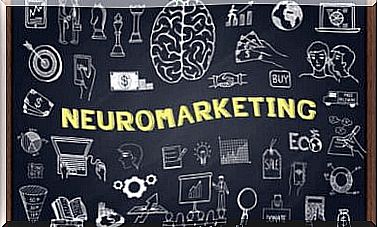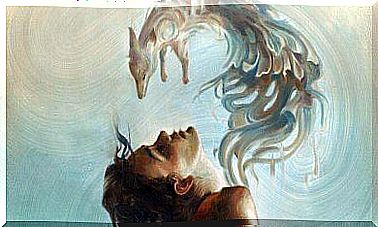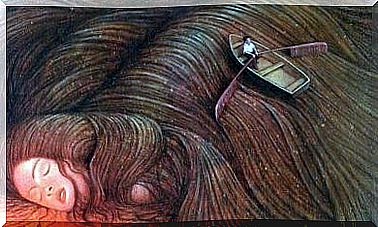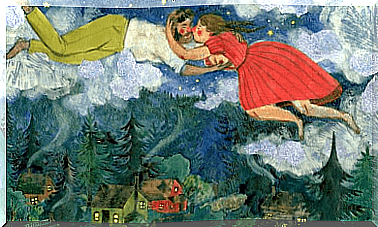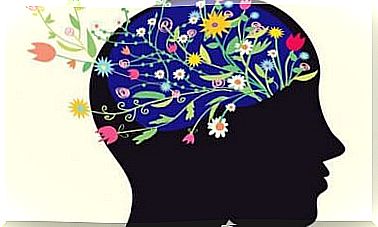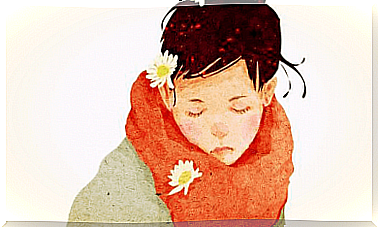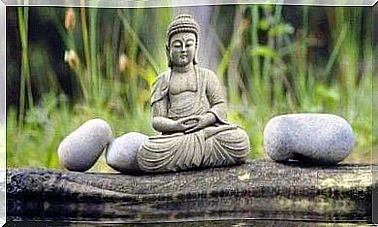Maria Montessori, The Woman Who Changed His Life And Education
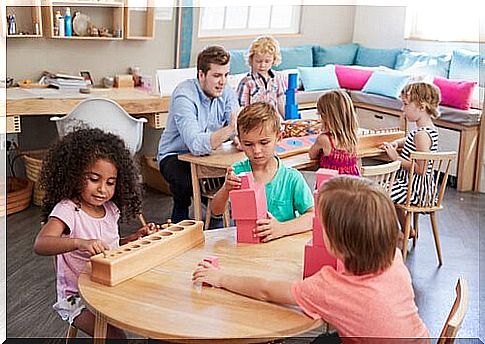
Maria Montessori was a revolution in itself. She was an Italian pedagogue, educator, scientist, physician, psychiatrist, philosopher, anthropologist, biologist and psychologist. With strong Catholic and feminist convictions, she ended up graduating in 1986 as the first female doctor in Italy. He was a contemporary of Sigmund Freud and developed his own classification of mental illness.
Between 1898 and 1900 he worked with children considered mentally disturbed. She realized that some of the children simply hadn’t developed their potentials. Hence his vocation to study the abilities of children, something he has done for 50 years.
One of his most controversial claims is that, during the first 3 years of life, learning takes place effortlessly, in a natural way. His method is opposed to the classic Prussian model of teaching, which arose due to the industrial revolution and was pushed in the West until our days. This method (in many ways) conceives of the child as a future worker who takes orders.
However, Maria Montessori conceived education in another way. In this article we’re going to talk about some of your most important ideas.
The Maria Montessori Method
The Montessori method bets on making the most of the most favorable periods of development. For this, it is necessary to carefully prepare the environment and adapt it to the physical characteristics of the children. As far as possible, it is necessary to maintain the maximum similarity with the natural spaces that this pedagogue dedicated so much to children.
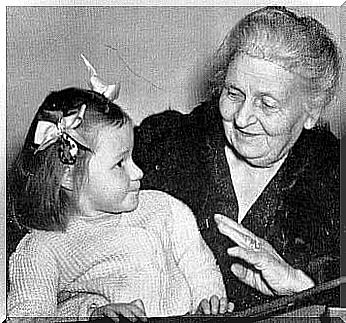
This educational model bets on heterogeneous groups of children, respecting personal rhythms and styles. Some of the secrets of the Montessori method are an interest in periods of sensitive growth and the emphasis that there is an absorbing mind in childhood that should be made the most of.
Next, we’ll look at some of the most important components of this method.
Montessori Method Components
Maria Montessori’s model has several points so that the process of discovering the world by the child is the most natural, autonomous and adjusted to their age. This is especially important until the age of 3, when these components play an even more decisive role.
growth period
One of the fundamental ideas of this model is that there are different types of psyche and mind in different periods of life. These stages have distinct characteristics and have been studied extensively by developmental psychology.
sensitive periods
Another of the most important ideas is sensitive periods. These are steps in which learning can be carried out as simply as possible. If the child does not take the opportunity, later it will be much more difficult to acquire certain knowledge or skills.
the absorbing mind
During the period between 0 and 3 years of age, the student has no memory or reasoning ability, but they must be generated. However, at this stage the child is able to carry out a large amount of learning, as their brain is extremely sensitive.
Environment
All objects present in the classroom must be expressly selected for their usefulness. Students should be able to choose all kinds of tools and stimuli so that their development is as complete as possible.
Freedom
Children need maximum freedom within the classroom. In this way, their autonomy and their desire to learn are stimulated.
Structure and organization
Structure and order must be reflected in class. Thus, each child can develop their own intelligence and mental organization. The materials used in teaching should be ordered according to the difficulty they present.
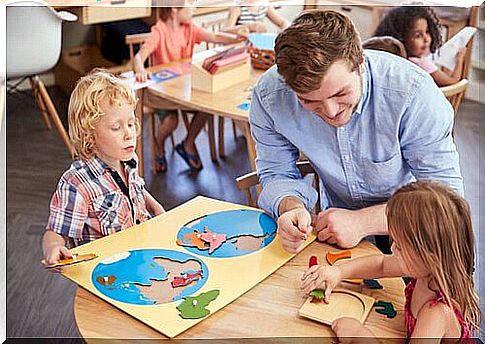
reality and nature
According to Maria Montessori, children should be encouraged to have contact with nature, so that they understand and appreciate its order, harmony and beauty. The main objective is for the child to understand the natural laws, which are the principle of all sciences.
the educator
In Montessori’s philosophy, the educator acquires the role of learning facilitator. In this educational model, its function is not to transmit knowledge that children should memorize. On the contrary, he has to give them freedom so they can explore their own interests.
In this sense, its role is complex, as it should foster children’s desire to learn without interfering too much with them.
The importance of corners
Maria Montessori incorporates into her methodology the use of chants in the classroom. These spaces are designed to create an atmosphere of order to stimulate motor skills and the involvement of children in carrying out tasks that are very useful for their daily life. Below, we will see some examples of spaces used in this methodology.
corner of the house
They are spaces with students’ personal objects that provide them with security and intimacy. These areas of the classroom are necessary for good organization and to provide stability and order.
language corner
Space to encourage speech, where there are mats or pillows for children. There are also shelves within reach of children, where they can find stories and reading materials.
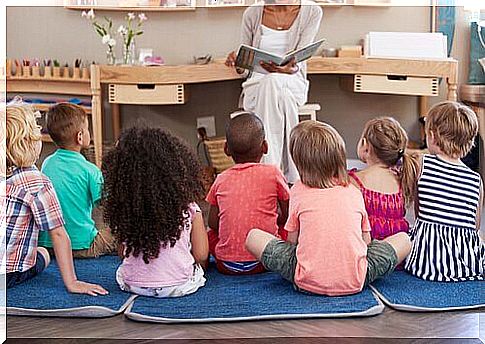
Corner of sensations
Area of colors, sounds, touch and coordination. This space can be set with musical instruments, cardboards of different colors, materials of different textures or different games.
